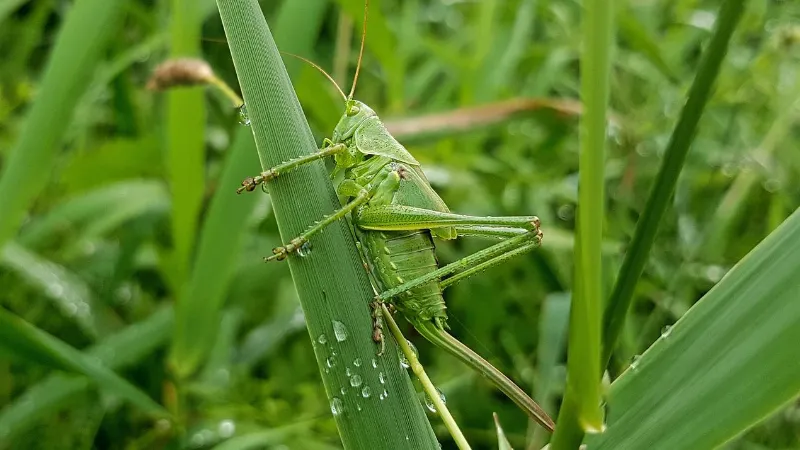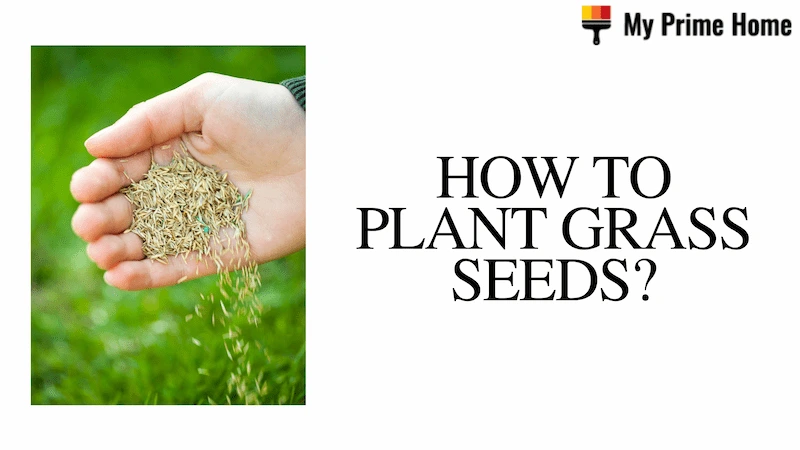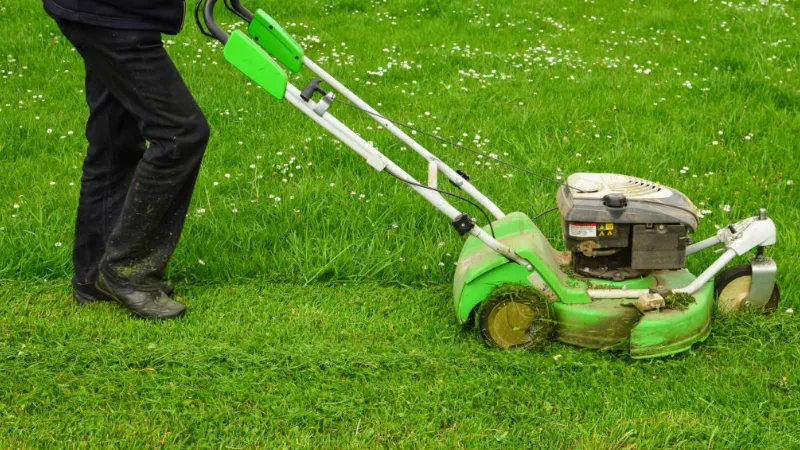Grasshoppers are a frequent garden pest that, in large populations, can completely destroy crops. Learn how to get rid of grasshoppers and get to know more about their impact on gardens.
To get rid of grasshoppers: you need to introduce natural predators, till the ground, eliminate weeds, cover vulnerable plants, apply garlic spray, dust the leaves with flour, set up a long grass trap, apply flour to plants, keep chickens, apply biological controls, and use chemical pesticides.
Please read on for more detailed information.
What Are Grasshoppers?
Grasshoppers are jumping insects in the order Orthoptera. They usually have short antennae, long bodies, big hind legs (for jumping), small front legs, and are green or brown in color. They also usually have wings. As herbivorous insects, grasshoppers consume large amounts of leafy plant matter, from grass to shrubs to crops, and many growers consider them serious garden pests.
Common species of grasshoppers in the United States include common field grasshoppers (genus Chorthippus), two-striped grasshoppers (genus Melanoplus), differential grasshoppers (genus Melanoplus), lubbers (family Romaleidae), and swarming locusts (genus Schistocerca). Closely related insects include katydids and crickets.
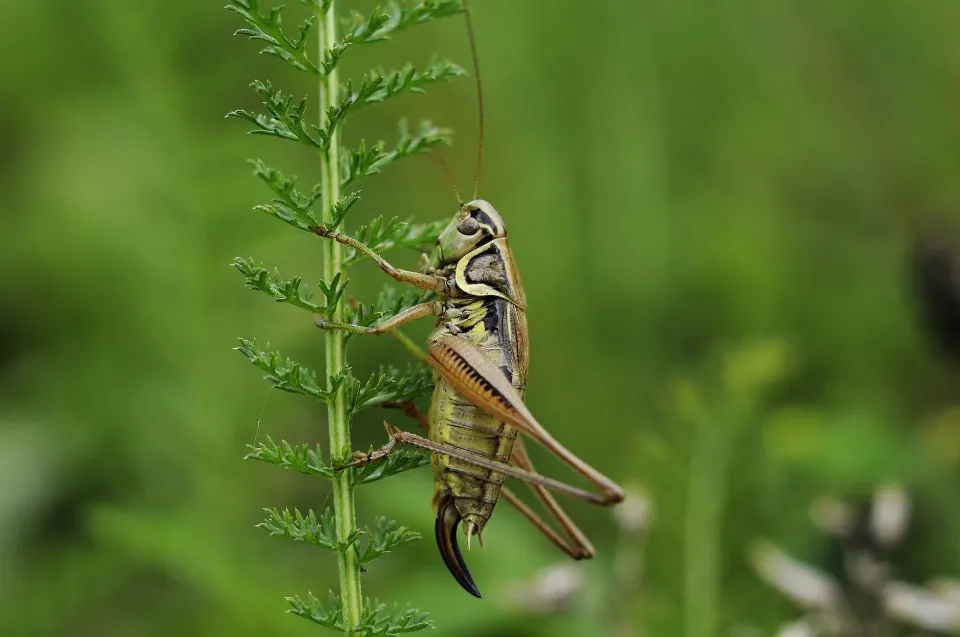
How to Get Rid of Grasshoppers?
Due to their extreme mobility, grasshoppers are very challenging to manage. Preventing population growth is the best way to manage grasshopper damage. Before using synthetic chemical controls, you should first try a number of natural solutions.
Introduce Natural Predators
Many insect-eating birds, such as swallows, are notable grasshopper predators. Insects that feed on praying mantis, little snakes, and toads are some other animal species that consume grasshoppers. Any gardening techniques that support these organic predators will be efficient in minimizing or getting rid of grasshopper infestations.
Till the Ground
To remove areas where females lay their eggs, till the soil in your garden from mid to late summer. These eggs overwinter in the soil and hatch in the spring. The eggs laid the previous summer should be destroyed by tilling the ground once more in late fall and early spring.
Eliminate Weeds
To decrease the amount of food available to newly hatched nymphs, remove weeds even in areas without garden plants. The number of grasshoppers can be significantly decreased by using good weeding techniques.
To develop your lawn maintenance strategy, learn how to identify crabgrass. Below will give you a full explanation of what is crabgrass.
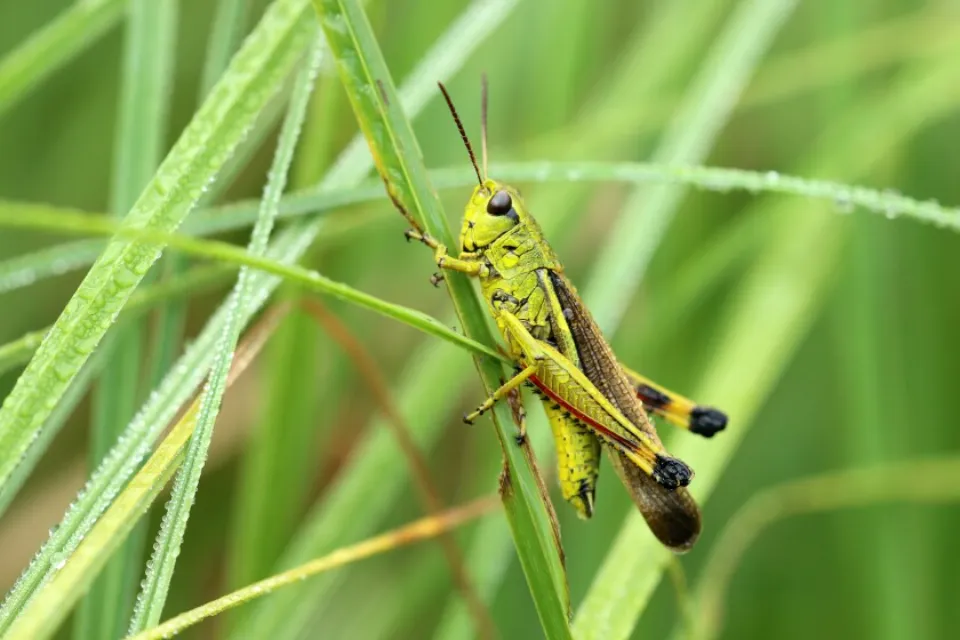
Cover Vulnerable Plants
To keep grasshoppers from eating your plants, cover delicate plants with cheesecloth or crop covers. The use of other techniques to get rid of existing grasshoppers may be necessary in addition to this method, which will protect plants from approaching insects.
Apply Garlic Spray
Boil the mixture after adding 10 cups of water and two cups of garlic, then let it sit for the night. Next, create a spray bottle with a mixture of one part of this solution and three parts water, and mist the leaves of plants that are at risk with it. The use of this spray will keep grasshoppers and other insects away.
Dust the Leaves With Flour
Grains can starve grasshoppers by clogging their mouths. A thin layer of regular all-purpose flour should be sprinkled on the leaves of the affected plants. Avoid using other types of flour as they may contain additives like salt. The grasshoppers will begin to eat the flour on the plant foliage and will eventually starve to death.
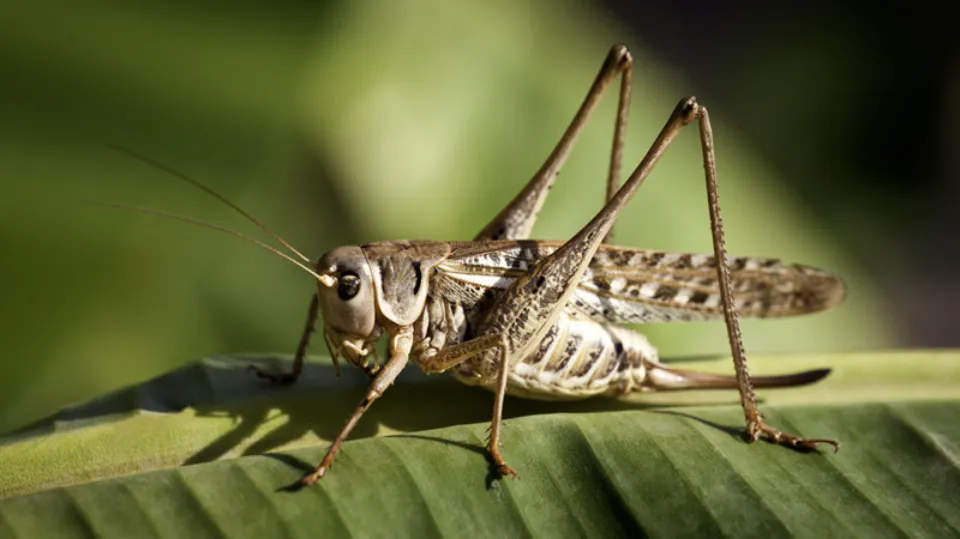
Set Up a Long Grass Trap
Long grass is preferred by grasshoppers. Growing a patch of uncut grass in a secluded corner will help you try to confine the grasshoppers to one area of the garden. The grasshoppers and locust will start to aggregate in this area, which makes it a lot easier for you to catch the grasshoppers.
Apply Flour to Plants
Dusting plant leaves with flour will gum up the mouths of grasshoppers as they feed. This remedy will need to be reapplied whenever rain washes away the flour.
Keep Chickens
If your neighborhood and circumstances permit it, two or three chickens roaming your garden can almost completely control grasshoppers and other insects. Chickens can eat enormous quantities of grasshoppers. This function is also carried out by other domesticated birds like ducks and geese.
Apply Biological Controls
Nosema locustae and Beauveria bassiana, two fungi that interfere with grasshoppers’ ability to digest food, azadirachtin, a naturally occurring biological agent present in neem oil, and organic pyrethrins are a few of the grasshopper prevention strategies that are effective. If organic control is your aim, stay away from substances with the pyrethroid label. These pesticides cannot be categorized as organic pesticides because they combine synthetic chemical compounds with natural pyrethrins.
Use Chemical Pesticides
Chemical pesticides labeled for controlling grasshoppers can also be used when necessary; just make sure to read and abide by all instructions on the label. Although the effectiveness of baits and sprays to control grasshoppers declines as they develop and migrate, they still need to be used on developing stages of grasshoppers and concentrated at locations where eggs are laid.
Carbaryl is the most effective chemical pesticide on grasshoppers, but unfortunately, this chemical is also highly toxic to beneficial insects. When it comes to protecting bees and other beneficial insects, baits containing carbaryl are safer than sprays. However, even baits should only be used with extreme caution and in areas where you are certain that grasshoppers are feeding.
Depending on the region, chemical treatments for killing grasshoppers should concentrate on young grasshoppers and breeding grounds in the early spring and summer. Canola oil can be added to an insecticide spray to increase control by luring grasshoppers to the treated plants.
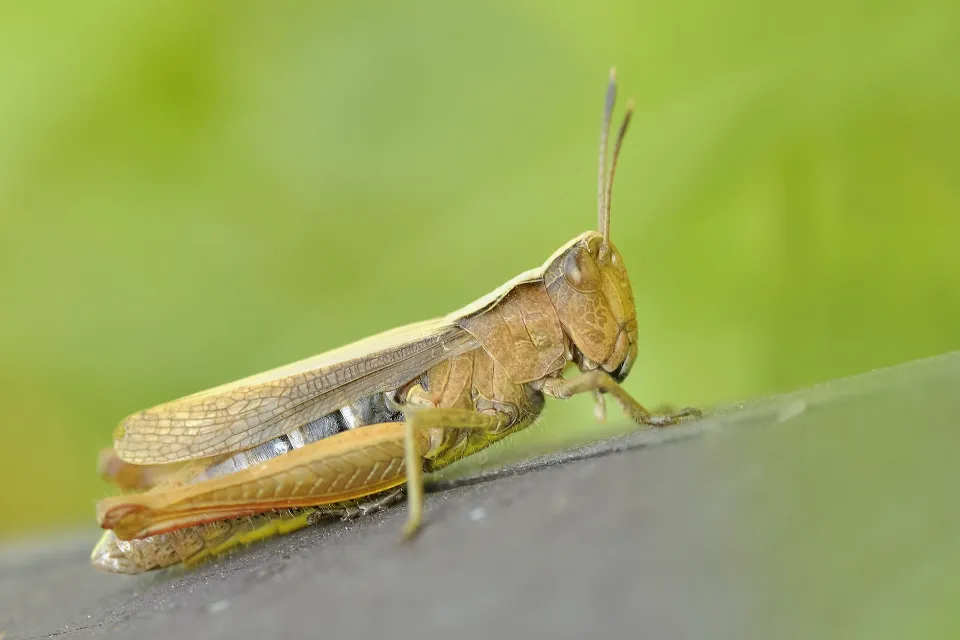
What Attracts Grasshoppers to Gardens?
Grasshoppers are especially attracted to gardens with:
- Tasty crops: Grasshoppers can eat a wide range of plant matter, though they’re especially attracted to alfalfa, corn, clover, grasses, and small grains. If you plant any of these crops densely, you may be attracting swarms of grasshoppers to your garden.
- Good hiding spots: Grasshoppers favor areas with lots of weeds and vegetation because these areas offer more food options, places to hide from predators, and places to lay eggs.
- Few predators: Grasshoppers will naturally become more abundant in areas with few natural predators, like birds, spiders, and lizards.
You may want to know How Long Does Grass Seed Last?
How to Prevent Grasshoppers in Your Garden?
There are a few ways to prevent grasshoppers from reaching large numbers in your garden:
- Till the soil biannually: Late in the summer, female grasshoppers lay their eggs on vegetation and in the soil, where they remain dormant through the winter before hatching in the spring. By thoroughly tilling your garden soil in the middle of the fall and early spring, you can break the life cycle of new grasshoppers. The fall till will disturb or destroy eggs that the insects have just laid, and the spring till will take care of the eggs that are about to hatch.
- Spray strong-smelling substances on plants: Numerous other insects and grasshoppers are repelled by specific strong scents. DIY garlic spray, vinegar spray, and hot pepper spray are common homemade remedies for home gardeners (a commercial grasshopper repellent will also work). Simply put the substance in a spray bottle and spray it around your garden. These strategies are most effective when there aren’t many grasshoppers around; they won’t work if there is a serious infestation.
- Cover your plants: Simple strategies for preventing grasshopper damage in your garden include using floating row covers or plastic sheeting to create a barrier between the insects and your delicate plants.
- Maintain a pruning schedule: By reducing the number of places where nymphs and adult grasshoppers can hide, you can expose them to natural predators by maintaining a weed-free garden and trimming the surrounding areas.
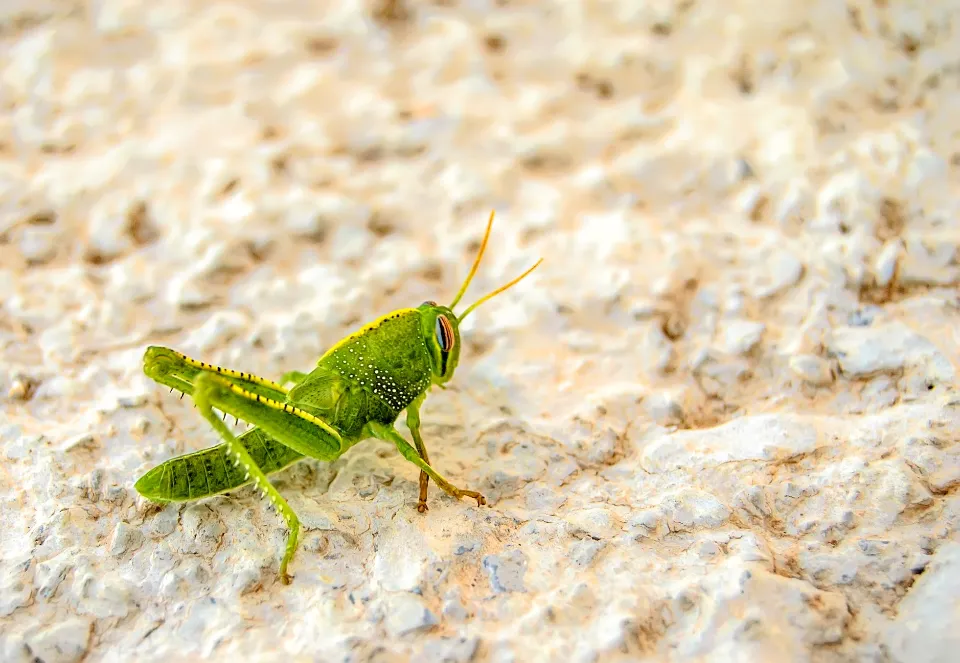
FAQs
What is the Difference Between Grasshoppers and Locusts?
A common misconception among gardeners is the similarity between grasshoppers and locusts. Although all grasshoppers are grasshoppers and all locusts are locusts, not all grasshoppers are locusts. It’s similar to how not all rectangles are squares but all squares are rectangles.
So What Differentiates a Locust from a Grasshopper, Then?
Their behavioural patterns differ the most. While grasshoppers do not engage in this swarming behavior, locusts fly and congregate when a large number of them are present.
Does Vinegar Kill Grasshoppers?
Vinegar may play an occasional, indirect role in grasshopper control. When it comes to controlling grasshoppers, the acidic liquid works best when used as bait rather than a contact spray. Dilute distilled white or cider vinegar with water and place it in shallow containers in open parts of your garden.
Grasshoppers Are Destroying My Strawberries! Help!?
Make sure to use secure methods of control, especially if you are spraying, if these green hoppers are munching on your strawberries. Keep in mind that you are consuming the berries!
Many commercial strawberry farmers have good results with either the garlic spray or hot pepper wax spray that i mentioned above. While it’s true that grasshoppers won’t eat the berries themselves, they can severely reduce the size of the leaves, which will reduce the amount of strawberries your plants will produce.
Summary: How to Get Rid of Grasshoppers?
Grasshoppers can be found all over the United States. To get rid of grasshoppers: you need to introduce natural predators, till the ground, eliminate weeds, cover vulnerable plants, apply garlic spray, dust the leaves with flour, set up a long grass trap, apply flour to plants, keep chickens, apply biological controls, and use chemical pesticides.
If you have any questions, please leave a comment. My Prime Home tries to give you the best home improvement information. Don’t forget to share the post. Thank you for reading.
